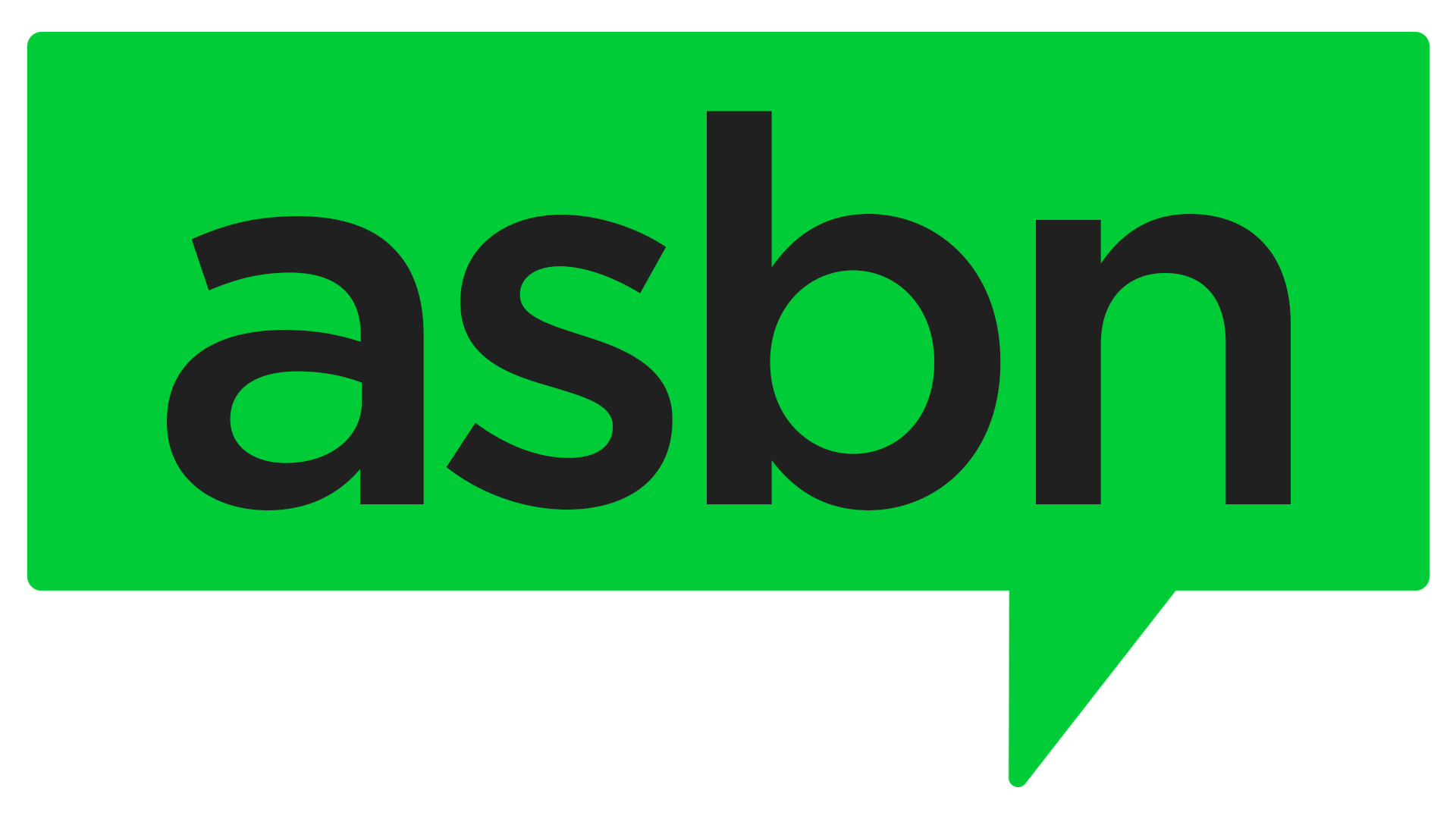In the aftermath of Hurricane Helene, communities are grappling with unprecedented challenges as they embark on the daunting task of recovery and rebuilding. In this episode of the SBA Update, we’re joined by SBA Regional Administrator Alan Thomas and Kem Fleming, Director of SBA’s Field Operations and Disaster Recovery. Together, they shed light on the extensive resources available for those affected by this disaster, including low-interest disaster loans for businesses, homeowners, and non-profits. Tune in as they discuss practical steps for applying for assistance, the unique aspects of the SBA’s disaster programs, and the agency’s vital role in helping communities bounce back stronger than ever.
Key Takeaways
1. Thomas highlights that Hurricane Helene has set a new benchmark for disaster response, being one of the largest hurricanes in U.S. history. The storm’s unique path resulted in severe flash flooding in areas that are typically not prepared for such events. With up to 30 inches of rain in some regions, recovery efforts are extensive, necessitating immediate action from various agencies, including the SBA and FEMA.
2. Fleming outlines the SBA’s disaster loan program designed to assist homeowners, businesses, and non-profits affected by Hurricane Helene. With loan amounts reaching up to $2 million for businesses and $500,000 for homeowners, these low-interest loans provide critical financial support for repairs and rebuilding. The program also includes working capital loans to cover lost revenue, helping business owners regain stability after the disaster.
3. Both Thomas and Fleming emphasize the importance of recovery and resilience. The SBA provides resources for mitigation efforts, allowing businesses to implement preventive measures to avoid similar losses in future disasters. This includes financial support for initiatives like installing generators or elevating HVAC systems to protect against flooding.
4. The SBA officials stress the ease of the application process for disaster loans, urging those affected to apply as soon as possible. They outline that potential applicants can initiate their applications online at SBA.gov and highlight the importance of getting in line for funding—even if they are uncertain about their insurance coverage. This proactive approach ensures communities can access the support they need without unnecessary delays.
5. Nevetheless, Thomas reiterates the SBA’s commitment to being an essential resource in the long-term recovery process, working alongside FEMA and local organizations to provide support. He emphasizes that the SBA’s role extends beyond immediate relief, aiming to help communities rebuild and prosper in the aftermath of the disaster. The agency stands ready to assist in addressing the unique challenges posed by Hurricane Helene and similar emergencies in the future.







